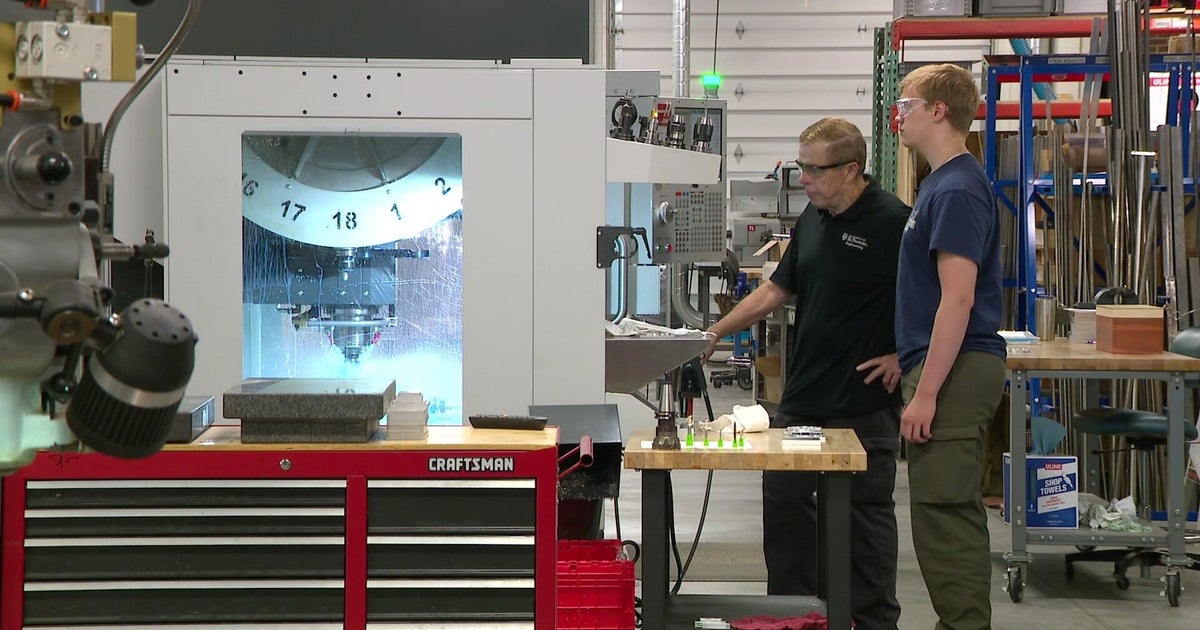Beyond Tech: Philippine LGUs Urged to Prioritise Community Preparedness for Disasters

Baguio City, Philippines – In a crucial call to action, the Department of Science and Technology (DOST) has emphasized that technological advancements alone are insufficient in safeguarding communities against the increasing threat of natural disasters. This message was delivered by Undersecretary Solidum during the opening of the 2025 HANDA Pilipinas sa Bagong Pilipinas event, held from August 7th to 9th at the Newtown Convention Center in Baguio City, nestled within the Cordillera Administrative Region (CAR).
The HANDA Pilipinas event, a significant national initiative, serves as a platform for stakeholders to converge, share best practices, and strengthen disaster risk reduction and management (DRRM) capabilities across the Philippines. This year's focus underscored the need to move beyond solely relying on sophisticated technology and to prioritize empowering local government units (LGUs) and, crucially, the public.
Undersecretary Solidum’s statement resonated strongly with attendees, highlighting a fundamental shift in the approach to disaster preparedness. While acknowledging the vital role of early warning systems, advanced monitoring equipment, and data analytics, he stressed that these tools are only as effective as the communities they are meant to protect. A technologically advanced system rendered useless if the public lacks the knowledge, skills, and willingness to act upon it.
Empowering Communities: The Key to Resilience
The DOST’s call to action centers on a multi-faceted approach to community empowerment. This includes:
- Public Education and Awareness Campaigns: Regular and accessible information dissemination on disaster risks, evacuation procedures, and safety protocols is paramount. Tailored messaging, using local languages and culturally sensitive approaches, is essential.
- Capacity Building for LGUs: Equipping local officials and emergency responders with the necessary skills and resources to effectively manage disaster situations is critical. This includes training in search and rescue, first aid, and effective communication.
- Community-Based DRRM Planning: Involving community members in the development and implementation of DRRM plans ensures that these plans are relevant, responsive, and sustainable.
- Promoting a Culture of Preparedness: Fostering a mindset where disaster preparedness is a shared responsibility, embedded in daily life, is the ultimate goal.
“Technology is a powerful enabler, but it’s the people who ultimately determine our resilience,” Undersecretary Solidum stated. “We need to invest in building the capacity of our LGUs and empowering our citizens to take proactive steps to protect themselves and their communities.”
Looking Ahead: HANDA Pilipinas and the Future of DRRM
The 2025 HANDA Pilipinas event provides a valuable opportunity to showcase innovative DRRM solutions and forge partnerships between government agencies, the private sector, and civil society organizations. The event’s discussions and workshops will contribute to strengthening the Philippines’ overall disaster resilience and ensuring a safer future for all Filipinos. The emphasis on community empowerment signals a crucial step towards building a nation that is not only technologically advanced but also deeply prepared and resilient in the face of adversity.
The Cordillera Administrative Region, known for its unique topography and vulnerability to landslides and typhoons, served as a fitting location for this year's event, underscoring the importance of localized DRRM strategies.






